Hip-hop culture continues to evolve, shaping trends, music, and societal conversations. As we step into 2024, the world of hip-hop is buzzing with fresh movements, innovative sounds, and cultural shifts that redefine the genre. From groundbreaking music collaborations to bold fashion statements, hip-hop remains a driving force in contemporary culture. This year promises to deliver even more dynamism, blending tradition with cutting-edge innovation. Whether you’re a long-time fan or new to the scene, there’s something exciting happening in hip-hop right now. Join us as we explore the latest trends, key movements, and milestones shaping the hip-hop landscape in 2024.
Key Takeaways
– Hip-Hop’s Core Elements: The foundation of hip-hop culture revolves around DJing, MCing, breakdancing, and graffiti art, each playing a pivotal role in shaping its identity.
– Evolution of the MC Role: The Master of Ceremonies (MC) has transformed from a beatkeeper to a charismatic performer, now embodying versatility in both emceeing and rapping.
– Cultural Influence: Hip-hop continues to shape global pop culture, impacting fashion, music, film, and technology while reflecting social commentary and urban narratives.
– Technological Innovation: From sample-based music to digital art, hip-hop embraces modern tools, blending traditional roots with contemporary creativity.
– Dynamic and Ever-Evolving: Hip-hop remains a vibrant force, constantly reinventing itself through artistry, innovation, and cultural resonance.
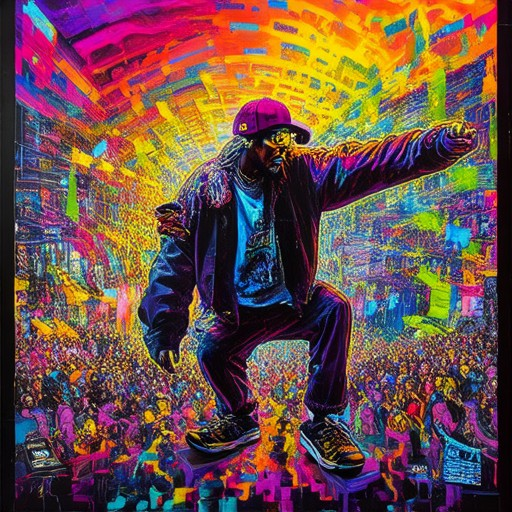
Exploring the Trend in Hip-Hop in 2024
Hip-hop continues to evolve in 2024, blending innovative sounds, shifting cultural narratives, and pushing creative boundaries. The genre remains a dominant force in music, reflecting societal changes while maintaining its core authenticity.
Production Trends
One of the most notable trends in 2024 is the resurgence of sample-based music, particularly with vinyl records and analog gear. Producers are leaning into raw, organic sounds to create nostalgic yet forward-thinking beats. Trap and drill music remain popular, but artists are experimenting with more melodic and emotional tones, often influenced by jazz and soul elements.
Lyrical Content and Storytelling
Lyrics in 2024 hip-hop are becoming more cinematic, with artists delving deeper into storytelling to address social issues, personal struggles, and cultural milestones. The genre is also seeing a rise in collaborative projects, with artists crossing over into pop, rock, and electronic music.
Cultural Impact and Global Reach
Hip-hop’s influence extends far beyond music, shaping fashion, art, and social movements. In 2024, the genre continues to dominate global charts, with artists like Kendrick Lamar and Billie Eilish pushing boundaries and redefining the genre’s limits.
Competitors and Market Evolution
The hip-hop landscape is competitive, with established labels like Sony Music Entertainment and Universal Music Group leading the charge. Platforms like Spotify and Apple Music continue to shape the genre’s trajectory, favoring streaming-friendly tracks with high production values. Independent artists and niche platforms like Abstract Hip Hop are also thriving, fostering experimental sounds and subgenres.
- Explore more on Abstract Hip Hop
- Complex Music
- Pitchfork
- XXL
What Happened in Hip-Hop in 2024?
2024 was a pivotal year for hip-hop, marked by groundbreaking music releases, rising stars, and significant cultural shifts. Here’s a breakdown of the key happenings:
- Album Releases :
- Kendrick Lamar released his highly anticipated album Mr. Morale & The Big Steppers , which received widespread critical acclaim and multiple Grammy wins. This project solidified his status as a leading figure in the genre.
- Emerging Artists :
- Newcomers like Lil Durkio and Fivio Foreign made waves with their debut projects, dominating streaming charts and influencing contemporary hip-hop sounds.
- Streaming Influence :
- Platforms like Spotify and Apple Music continued to shape the hip-hop landscape, promoting a mix of established names and emerging talents through algorithmic curation.
- Festivals and Performances :
- Major festivals such as Rolling Loud and Coachella featured headliners like J. Cole and Travis Scott, showcasing hip-hop’s growing global influence.
- Social Media Impact :
- Artists leveraged platforms like TikTok and Instagram to connect with fans, driving engagement and influencing music trends through visual storytelling.
- Collaborations :
- Cross-genre collaborations with pop stars and classical musicians added diversity to hip-hop tracks, attracting new audiences.
- Cultural Impact :
- Hip-hop continued to influence fashion, film, and politics, further cementing its role as a global cultural force.
These developments highlight the genre’s dynamic evolution, driven by innovation, collaboration, and cultural relevance.
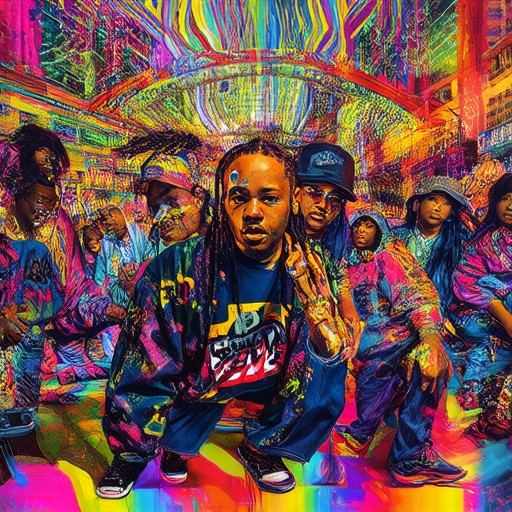
Is 2024 a good year for hip-hop?
Yes, 2024 was an exceptional year for hip-hop, marked by incredible releases, dominant streaming numbers, and cultural impact.
The Rise of Hip-Hop Dominance
According to Billboard, hip-hop returned to its rightful throne in 2024, topping both pop and country music genres. This resurgence was driven by the success of major artists like Kendrick Lamar , Future , and Metro Boomin , who consistently dominated charts with their innovative music.
Female Powerhouse Breakthroughs
Female artists made significant waves in 2024, with names like Megan Thee Stallion and Doja Cat delivering hit tracks that resonated globally. Their influence helped shift the narrative, showcasing the genre’s versatility and inclusivity.
Subgenre Growth and Innovation
-
Trap Revival:
Artists like J. Cole and Juice WRLD continued to push trap music forward, blending emotional storytelling with hard-hitting beats.
-
Melodic Rap Explosion:
The rise of melodic rap saw artists like Lil Yachty and Roddy Ricch merging catchy hooks with intricate production, appealing to a wider audience.
Cultural Impact and Legacy
Hip-hop’s influence extended beyond music, with major events like the Grammys honoring the genre’s evolution. The Super Bowl halftime show featuring Dr. Dre, Snoop Dogg, and Eminem further cemented its mainstream acceptance, drawing record viewership and engagement.
Streaming and Global Reach
With platforms like Spotify and Apple Music reporting billions of streams, hip-hop solidified its position as the most consumed genre worldwide. Artists like Beyoncé and Lizzo continued to blur genre lines, introducing hip-hop elements into mainstream pop.
The Year Ahead
Looking ahead, 2024 set a high standard for hip-hop, with emerging talents like Young Thug and Gunna pushing boundaries. The genre’s ability to adapt and evolve ensures its continued dominance in the years to come.

The Four Cultures of Hip-Hop
Hip-hop culture is a vibrant and multifaceted phenomenon that encompasses various artistic expressions and social practices. Below is a breakdown of the four foundational elements that define hip-hop culture:
- DJing/Turntablism
The backbone of hip-hop, DJing involves the art of spinning vinyl records to create beats and rhythms. DJs manipulate turntables, mix tracks, and scratch records to create unique soundscapes. This tradition originated in block parties in New York City during the late 1970s and remains central to hip-hop culture today. - MCing/Rapping
MCs, or Masters of Ceremonies, are the voices of hip-hop. They deliver rhymes, stories, and lyrics over beats, showcasing their verbal prowess and storytelling abilities. Rapping is a cornerstone of hip-hop, allowing artists to express themselves through words and rhythm. - B-Boying/Breaking
Breakdancing, often referred to as b-boying, is a dynamic and acrobatic style of street dancing. It originated in the Bronx during the 1970s and became synonymous with hip-hop culture. B-boys and b-girls perform intricate moves, combining fluidity and power to create visually stunning performances. - Visual/Graffiti Art
Graffiti art is a significant part of hip-hop culture, expressing individuality and social commentary through murals and street art. Artists use spray paint, markers, and other tools to create pieces that reflect their personality and often address issues like inequality and urban life.
These elements have evolved over time, influencing various aspects of pop culture, from fashion and music to film and technology. The global reach of hip-hop continues to grow, with artists and creators redefining and expanding the boundaries of this dynamic culture.
Learn more about hip-hop culture and its evolution .
The Four Pillars of Hip-Hop
Hip-hop culture is built upon four foundational elements, each playing a vital role in shaping its identity. These elements are often referred to as the “four pillars” of hip-hop:
- Deejaying (Turntabling)
- The backbone of hip-hop, deejays use turntables to sample and mix records, creating rhythmic beats and loops that form the foundation of tracks. This skill requires precision, creativity, and a deep knowledge of music genres, making the DJ an integral part of live performances.
-
Rapping (MCing or Rhyming)
- Rappers, or emcees, deliver verses through intricate rhymes, storytelling, and wordplay. Their lyrics often address social issues, personal experiences, and cultural themes, making rap the voice of the streets and a powerful medium for expression.
-
Graffiti (Writing)
- Graffiti artists use spray paint, markers, or brushes to create visually striking murals that often depict hip-hop culture, icons, or social commentary. This art form has evolved from subway trains to large-scale public installations, influencing fashion and urban identity.
-
Breakdancing (B-Boying)
- Breakdancers perform intricate moves like headspins, footwork, and body rolls, showcasing agility and precision. This dance style is not just physical but also cultural, bringing people together to share moves and stories.
These elements work together to create a vibrant, dynamic culture that continues to evolve. Explore more about Abstract Hip Hop to dive deeper into the genre’s creative expressions and innovations.
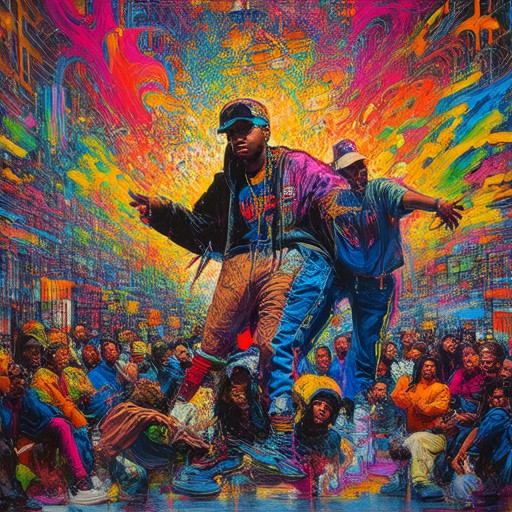
What Does MC Mean in Rap?
In the realm of rap and hip-hop culture, “MC” stands for “Master of Ceremonies.” This term originated from the tradition of emcees (short for emcee, which is another name for MC) who would perform live, often acting as the host or leader of the show. An MC typically raps, tells jokes, and engages the audience, making them feel connected and energized.
Origins and Evolution
The role of the MC has evolved significantly over time. Originally, they were the beatkeepers and sometimes the main vocalists in hip-hop groups. As the culture expanded, the MC became a more prominent figure, often taking center stage and becoming a symbol of charisma, storytelling, and crowd control.
Key Responsibilities
- Emceeing: Performing raps and verses that tell stories, drop knowledge, or simply entertain the crowd.
- Crowd Interaction: Connecting with the audience, hyping them up, and keeping the energy levels high.
- MC vs. Rapper: While MCs are known for their emceeing skills, many also excel as rappers, blending both roles seamlessly.
Famous MCs
Some of the most legendary MCs in hip-hop history include:
– Ice-T (known for his charismatic performances)
– Sway (a pioneer of the MC role)
– Big Daddy Kane (renowned for his lyrical prowess)
– Too Short (a West Coast legend known for his energetic shows)
Conclusion
So, when you hear “MC” in rap, you’re hearing a versatile artist who knows how to move a crowd, spin a tale, and bring the energy. Whether they’re rapping, freestyling, or just keeping the vibe alive, the MC is a crucial part of hip-hop culture and a favorite among fans worldwide.

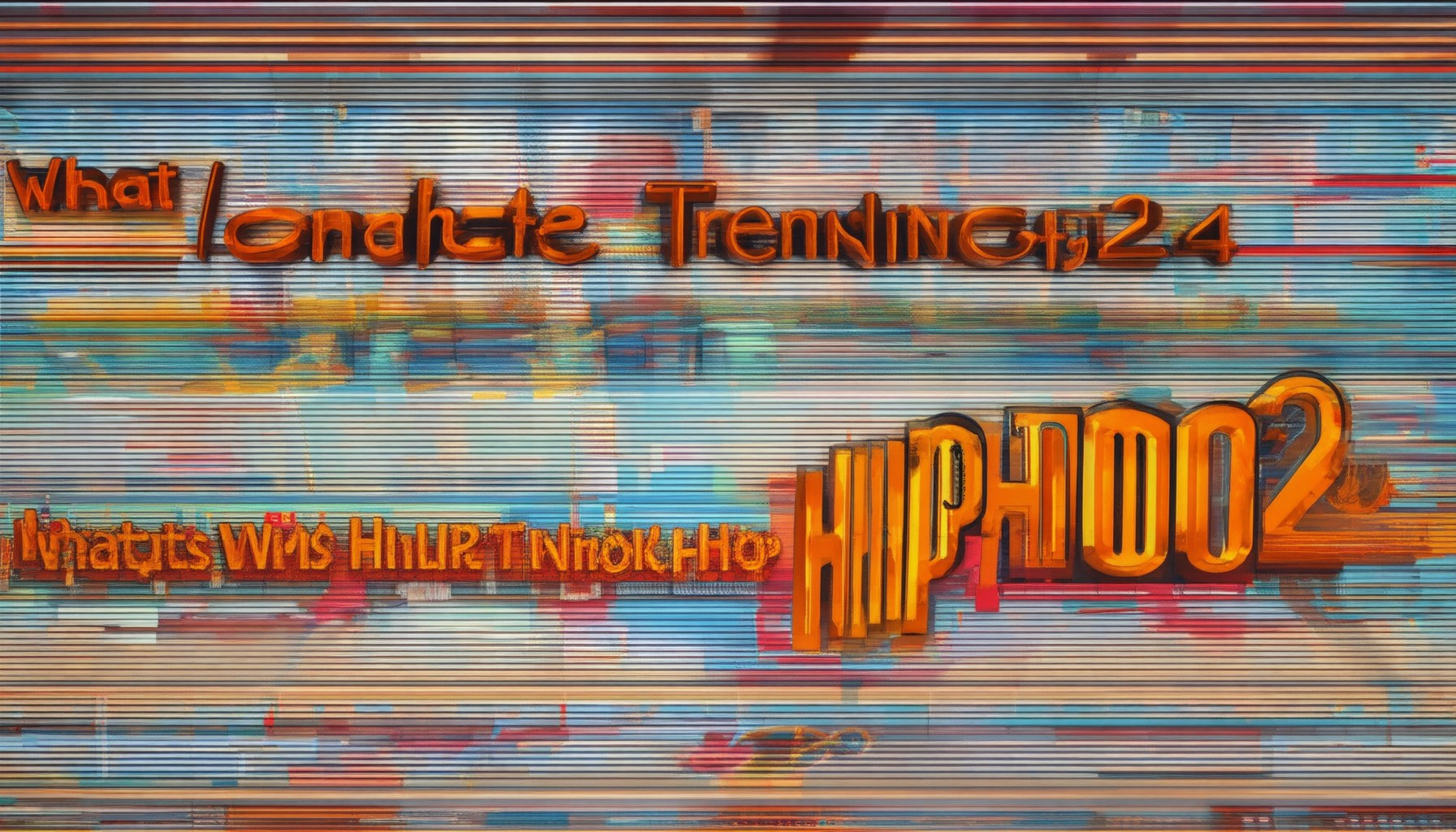
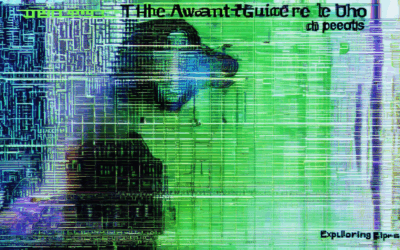


0 Comments